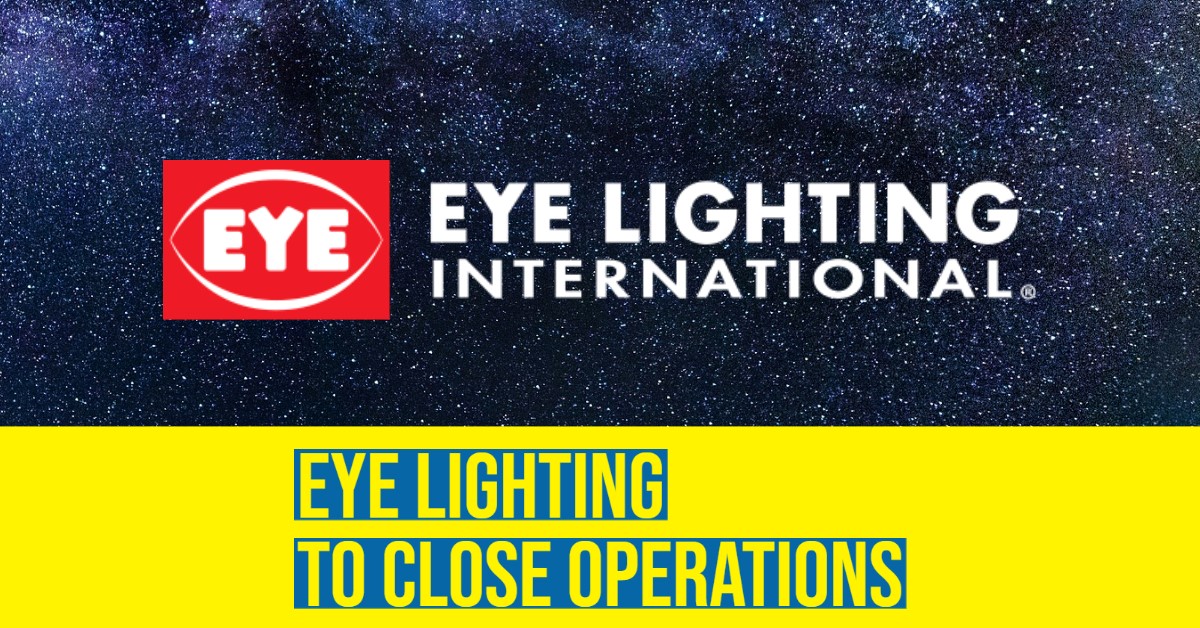exoticrobotic
Well-known member
Crumbles to a fluffy resinous dust... No stems no seeds no stalks
Try it and see.
Try it and see.
Average quality product with absolutely zero customer or retailer support after sale.Lumatek 315W ballast any good?

Holy shit, damn man. I ran hortis for like 12+ years on and off. Always solid compared to other brands of 1000w. Times are a changin…
Eye Lighting to Close Operations
Business to wind down with finished goods inventory selloffinside.lighting
I have posted it already. But might as well mention again. The local grow store is no longer selling any hid lighting or bulbs.Holy shit, damn man. I ran hortis for like 12+ years on and off. Always solid compared to other brands of 1000w. Times are a changin…
Despite everything ive said and shown to support leds, ill admit, the idea of never being able to go back does trouble me. I really cant imagine why I would, but the option for greenhouse/deps and possibly even just to fuck around w mixed lighting still seems cool to me.I have posted it already. But might as well mention again. The local grow store is no longer selling any hid lighting or bulbs.
hammer ... i think u hit it on the head... its the shitty grower...There's a slew of things that will affect the quality at harvest. The light is only part of that. Having said that any light CMH, LED, or HPS will produce quality plants with the right grower.
Bro, I agree with most of what you said but this seems to be in conflict with the very spec you posted.for example, a 2700k diode will still be 32% blue.
i agree that the spikes are not the total blue portion if that is what you mean.Bro, I agree with most of what you said but this seems to be in conflict with the very spec you posted.
Because, it's really about "the area under the curve" and not the max peak to evaluate how much 400-500nm (blue or 600-700nm (red) there is.
Most LED vs HPS studies have shown LED has about 1-2% higher THC and there is some agreement that it's due to the increase of 3% HPS blue to 10% LED blue that causes that.
That said, sunlight has way higher blue and also, UVA.
Since it was mentioned earlier on I'm going to share some Plasma Light flower pics (courtesy of MisterGrafik from Cali - I don't own nay plasma lights, they are very expensive like 4 bucks per watt, and I guess not produced anymore):
View attachment 18810825 View attachment 18810828 View attachment 18810827 This is the specific plasma spectrum (in contrast to HPS or "other plasma") - so it's not a sun-alike plasma but has reduced blue - but more redshifted wavelengths included that increase the potential of photosynthesis and help with flowering/Pfr.
View attachment 18810831
I have run that experiment myself, walmart 2700k vs 5000k for floweri agree that the spikes are not the total blue portion if that is what you mean.
i was just pointing out the powerful blue spikes that occur with phosphor-coated diodes.
that plasma flower looks great. do you have pics of that strain grown under other types of light?
we all put up nice flower pics but it's always one strain matched to one light source.
i don't think it means much without lab testing.
most of us are not equipped to do that kind of work so we work empirically instead.
here's one i just flowered under 2700k led light bulbs from walmart.
it was grown experimentally using different combinations of color temp bulbs.
the next grow i will use 5000k only under high intensity up to the end of the second week of stretch.
then i will go to all 2700k with supplementary 660nm dark red.
it should be interesting.
this particular strain, Mayberry from bluestarseedco. is perhaps the best-tasting and smoking plant i've ever grown. rich terp-filled hits, very smooth. and a beautiful head.
talk about feeling good!
You used only 37W to grow all that?I have run that experiment myself, walmart 2700k vs 5000k for flower
the 2700k were good, the 5000k much better
everything was better, taste yield density
this was a reveg under 37 watts
yes, kind of amazing, reveg is partly the reasonYou used only 37W to grow all that?
Well that's one for the LEDs. Can't grow much at all using 37W only with anything else, let a lone a plant that will have you high for six months straight.yes, kind of amazing, reveg is partly the reason
With cannabis, Bro science/anectdotal evidence is often more reliable
is 86 leaf temp, or your room temp?CMH FTW IN VEG.. Current temps 86F, perfect. IMO genetics are more important than any light. Good growers can crush under any light. LED has a longer learning curve, at least for me..I haven't been able to do this with LED.
View attachment 18810170